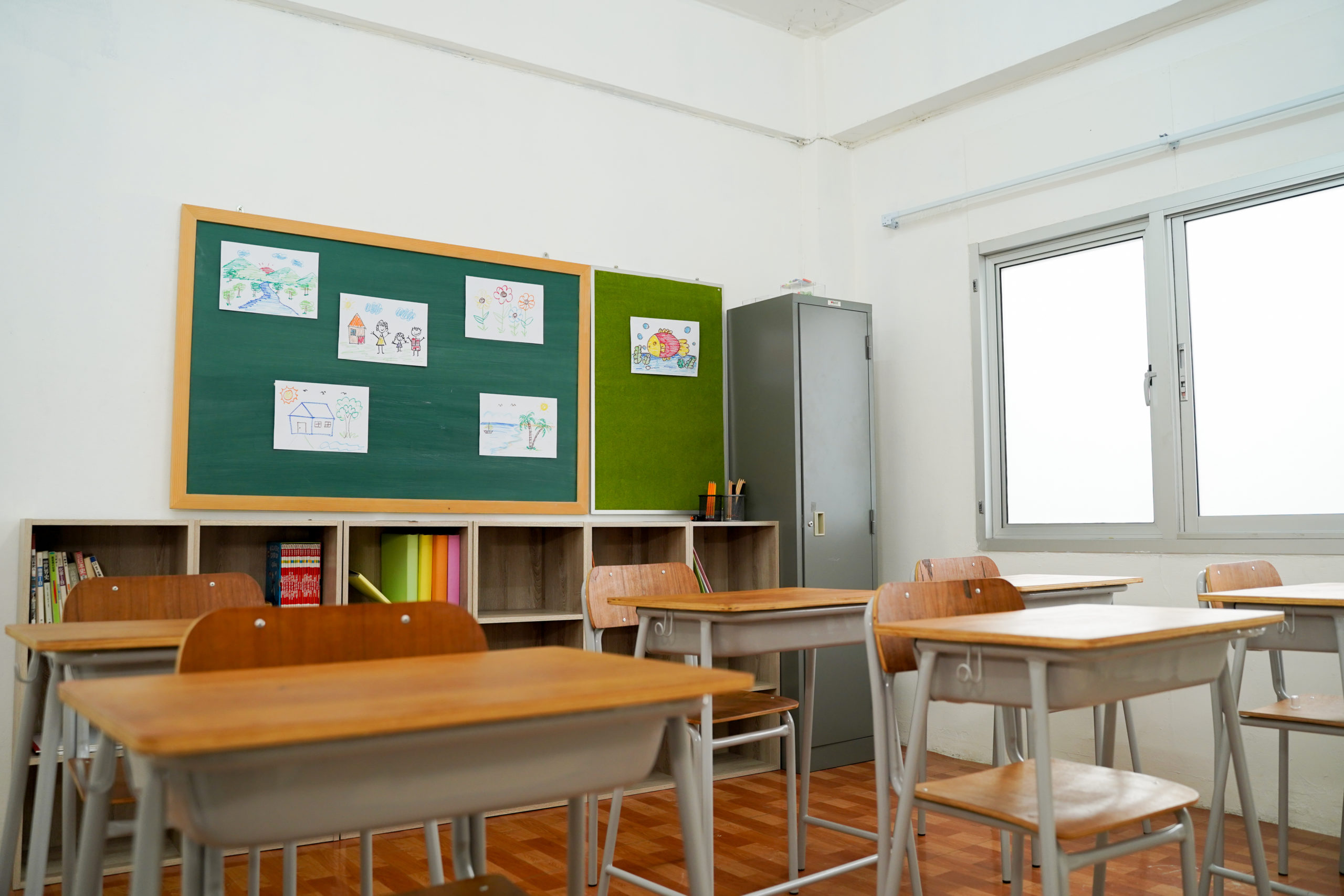

Ashley Berner makes the case for a pluralist structure that embraces district, charter, and private schools, while insisting on quality.
Responding to
Responses
Dear Andy,
Thank you for your thought-provoking response, which portrays American education as the consequence of organically developed, eclectic models that together provide a wide array of possibilities for families and students. I worry that this account is definitionally unclear, and that it undersells the real difficulties that too many families face. I’ll address your question about definitions first, then turn to your question about next steps.
Why Terminology Matters
“Educational pluralism” means something very concrete. It refers to a public education system in which families do not have to pay out of their own pockets for a Catholic, Jewish, socialist, Montessori, or secular school, and in which all of those schools are held accountable for academic results.
What does that look like in practice? The Netherlands funds 36 different kinds of schools on equal footing. Thirty percent of these schools are owned and operated by the state; the rest are owned and operated by nonprofit organizations. Families attend them for free. At the same time, the academic accountability is very high. These very different schools have to teach common material, and their students must take the same, subject-specific exams at specific interims. We thus find the very unusual (to a U.S. audience!) situation in which children can attend creationist schools free of charge, but they also have to demonstrate knowledge of evolutionary theory. The accountability does not stop there, either. The state conducts site visits to ensure a high bar for classroom teaching, parent culture, students’ thriving, and so on.
These simple, yet critical, principles are found in the UK, Hong Kong, Australia, Belgium, Denmark, and elsewhere. Parents don’t have to pay for “school choice,” nor is the state indifferent to quality.
So, I must press you on definitions. Educational pluralism cannot simply mean, for instance, “different from one another,” as you suggest with respect to 19th century district schools that “were quite different from one another, thanks to the different views, traditions, and priorities… Here we can start to see the outlines of a pluralistic or diversified public sector.”
This definition risks back-reading our contemporary context into the 1880s and ‘90s, when the uniform model became fixed. District schools then were not different from one another in ways that mattered to families. They had a common, shared academic curriculum and were ideologically conformist, thanks to the anti-pluralism of the powerful Protestant majority. The post-Civil War uniform model may have been locally controlled, but this was not a virtue if one was Catholic, or Jewish, or Jehovah’s Witness, or atheist. Whether there were 100,000 or 10,000 districts didn’t change this. These systems weren’t pluralist.
Nor can pluralism mean “diversified public-sector offerings,” which you describe as “charter schools, contract schools, magnet schools, schools participating in inter- and intra-district choice programs,” while categorizing private and homeschools as “libertarian.” Leaving aside for the moment that charters and magnets are quite different animals (and are understood as such by policymakers and activists on all sides), this understanding draws lines that are simply not there in the educationally pluralist systems that most democracies enjoy.
I would also question whether America’s approach to private schools, which generally limits access to those who can afford tuition out-of-pocket, manages to deliver well on the “libertarian” vision. Conditioning access on ability to pay feels less like a libertarian principle and more like differentiated opportunity based on socioeconomic status. Certainly, there were libertarians in Parliament in the 1830s who argued, on principle, that the state had no business funding or compelling education, full stop. And some (very few!) libertarians in 20th-century America made the case for complete non-intervention by the state. However, I can’t think of a modern democracy that has taken that approach.
Once you establish a baseline of state funding and compulsory attendance in public schools, the principled libertarian might argue for allocating the funds directly to families and giving them the freedom to enroll their children in schools that were not regulated, in any meaningful sense, by the state. We both know modern libertarians who make this case; some education savings account laws come close to realizing it. But do today’s private schools, as a category, qualify as a genuine libertarian option in America? I’m not convinced.
I agree with you that public education systems are constantly evolving, in terms of which schools get funded and under what circumstances. Some democracies—the United Kingdom, the Netherlands, Denmark, Finland—have been pluralist for a very long time; others—Poland, Sweden, some of India’s provinces, Australia—are only now moving in a pluralist direction. This does not change the importance of definitional clarity, but it does lead to another disagreement we have: How do societies change?
On Social Change
The narrative of an “organic evolution” of American education appeals to a Burkean conservatism that honors tradition, values what is, and favors incremental rather than drastic institutional change. There is wisdom in this approach, to be sure! However, I think neither that it explains the history of American education nor that it can adequately inform the future and your apt questions about next steps.
What happened in the late 19th century probably did not feel like an organic evolution to those who went through it. It certainly did not feel incremental to the Catholics whose neighborhoods were firebombed. Rather, the uniform model was the result of a highly articulated vision that played out in grassroots activism and in elite politics, led to anti-immigrant school policies, and forced cultural minorities to fund their own community schools. It played out across decades. (The same, incidentally, was true of the movement against the liberal arts curriculum; it was fiercely contested terrain rather than a natural process.)
I also worry that your description underplays the urgency of our educational reality. You write: “[W]hat America has been up to for generations is rather straightforward: finding ways to make the most of the best aspects of the three different models.”
I agree that a large democracy such as ours certainly has room for democratically elected state-control models, libertarian models, and pluralist models. But surely what is required is to grasp the nettle of separating “what is” from “what could and should be.” This plays out in a thousand different ways, from the parent who cannot afford the school she wants for her child, to the teacher who pays for school supplies out of his own pocket, to the young high school graduate who cannot take credit-bearing courses in community college without remediation. I know we agree that there is much work to be done, in all school sectors, and in all states. What’s the best way to get us there?
Next Steps
To return to our original question about the institutional structure that best serves a democratic public education system, my answer remains the same: a pluralist structure that embraces and funds district, charter, and private schools (to use America’s current terms), while simultaneously insisting on a public assurance of quality. In the process, we might find ourselves exactly where you propose: a broader tent for “public education,” with fully funded schools that differ in meaningful ways (and according to local needs and preferences) but which, together, provide a high level of transparency and performance.
Given my response to your definitions, and what I hope is a final accord, my question to you is this: What process of change would you recommend, if any? Where do we need to go next?
Improving intentionally,
Ashley
The opinions expressed in this piece are the author’s own and do not necessarily reflect the views of The Johns Hopkins University or The Johns Hopkins Institute for Education Policy.
Responses
Staying the Course
We should continue the state – and community-level work that is bringing to life a more pluralist approach to schooling, argues Andy Smarick.











